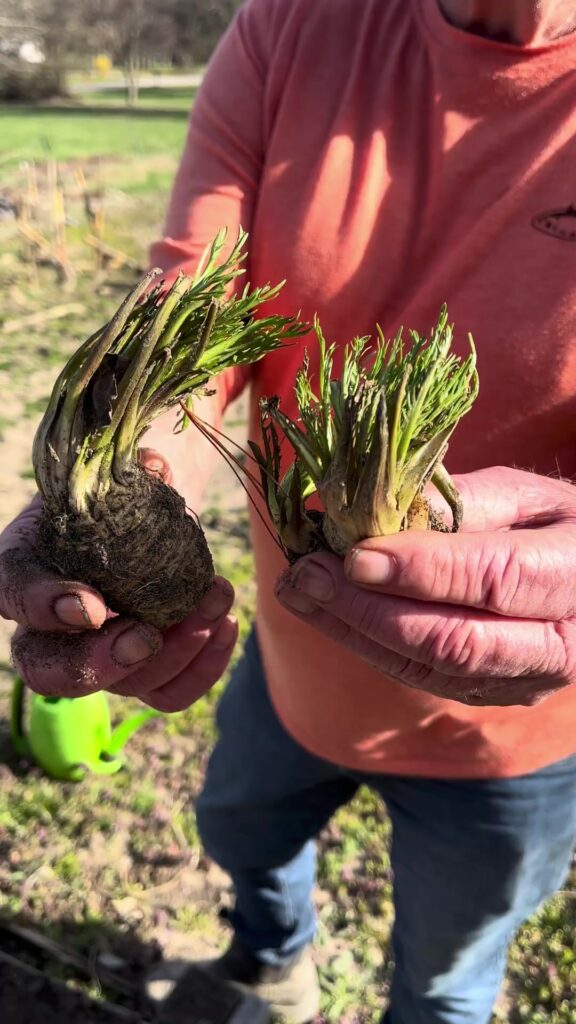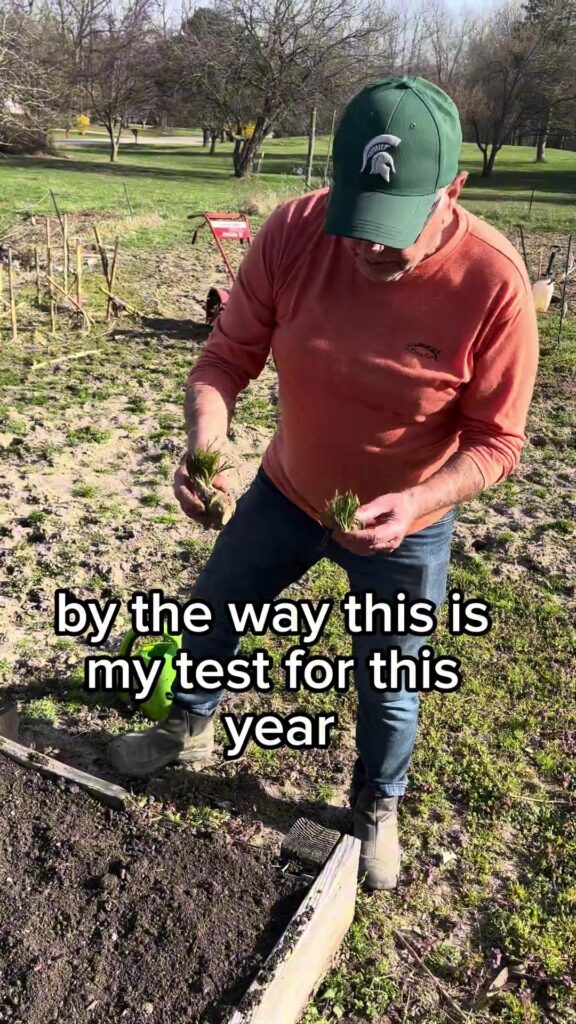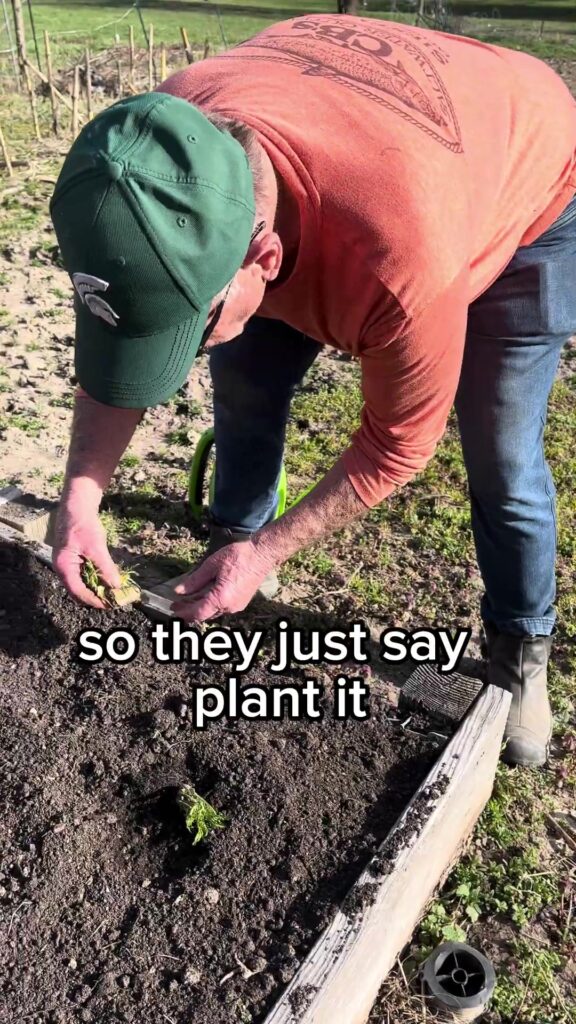
How To Grow Horseradish
Horseradish is a bold and flavorful root vegetable with a spicy kick that’s often used to liven up sauces, meats, and condiments. Despite its intense flavor, horseradish is surprisingly easy to grow in a home garden. Once established, it’s a hardy perennial that can keep coming back year after year with minimal effort. If you’re ready to add some fiery flavor to your harvest, here’s everything you need to know about how to grow horseradish.
What Is Horseradish?
Horseradish (Armoracia rusticana) is a member of the Brassicaceae family, which includes cabbage, mustard, and broccoli. It grows primarily for its pungent root, which contains compounds that release heat when grated or crushed. Fresh horseradish root is often used to make sauces, but it can also be pickled, dried, or used fresh for a punch of flavor.
Choose the Right Spot
Horseradish thrives in full sun but can tolerate partial shade. It prefers well-drained, loamy soil with a slightly acidic to neutral pH (around 6.0 to 7.5). Because it spreads aggressively through underground runners, it’s a good idea to give horseradish its own space in the garden or grow it in a large container to contain its growth.
Getting Started
Horseradish is usually propagated from root cuttings, not seeds. You can find these cuttings—called “sets” or “thongs”—at garden centers or order them online in early spring. Look for root pieces that are 6 to 8 inches long and about an inch thick.
To plant horseradish:
- Prepare the soil by loosening it to a depth of at least 12 inches.
- Dig a hole or trench at a 45-degree angle, about 6 inches deep.
- Place the root cutting in the hole with the top (narrower end) pointing up.
- Cover with soil and water well.
Space plants about 18 inches apart to allow for adequate root development.
Caring for Horseradish
Horseradish is a low-maintenance crop once it’s established. Here are some care tips:
- Watering: Keep the soil consistently moist but not soggy, especially during dry spells.
- Mulching: Add mulch around the base of the plant to retain moisture, suppress weeds, and regulate soil temperature.
- Fertilizing: Horseradish doesn’t need heavy fertilization. A light application of compost or a balanced fertilizer in spring can help encourage root development.
Controlling Spread
Because horseradish can be invasive, it’s important to manage its growth. One method is to grow it in a bottomless container sunk into the ground. This limits how far the roots can spread while still giving the plant room to thrive.
Regularly harvest stray roots and remove any plants that appear outside the designated growing area.
Harvesting Horseradish
Horseradish roots are typically harvested in late fall, after the first frost, which enhances their flavor. Use a garden fork to carefully lift the root system out of the ground. Choose the largest, straightest roots for processing and set aside smaller sections to replant for next year’s crop.
To preserve the strongest flavor, process horseradish roots shortly after harvesting. Peel and grate the root, and mix with vinegar and a bit of salt to make traditional horseradish sauce.
Storing and Replanting
Horseradish can be stored in the refrigerator for several weeks if left unwashed and wrapped in a paper towel inside a plastic bag. Grated horseradish can be frozen or stored in vinegar to preserve its bite.
Replant small root cuttings each spring to keep your patch going year after year. In colder climates, you can leave the roots in the ground and mulch heavily to protect them over winter.
Final Thoughts
Growing horseradish is an easy and rewarding addition to any garden. With minimal care, it provides a zesty, flavorful root that’s useful in countless recipes. Just be mindful of its spreading nature, and you’ll enjoy a spicy harvest for years to come. Whether you love horseradish with roast beef or as part of a homemade condiment, growing your own ensures you’ll always have a fresh supply at your fingertips.














